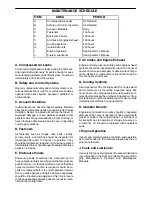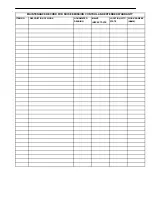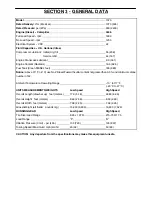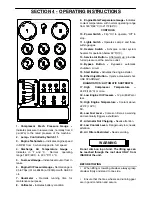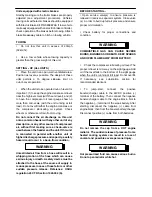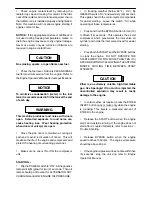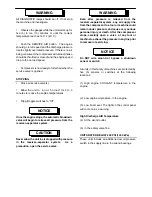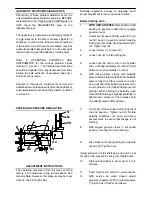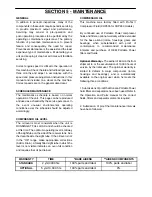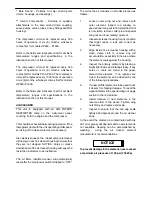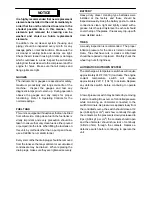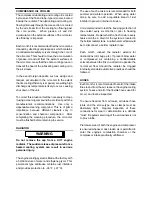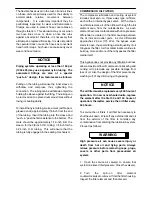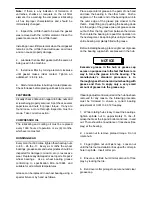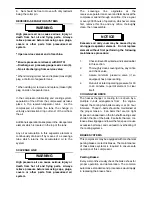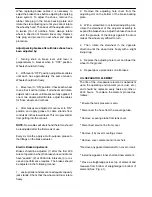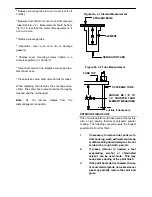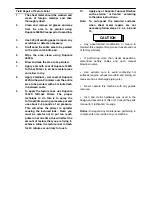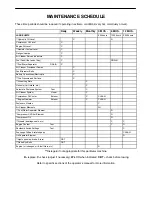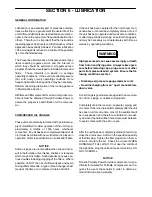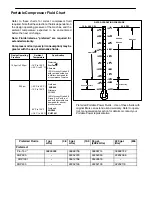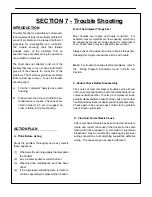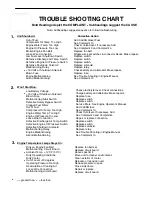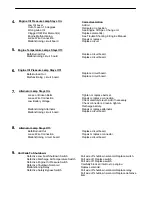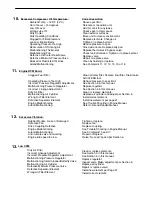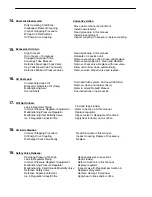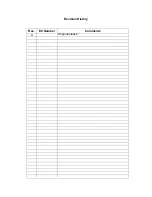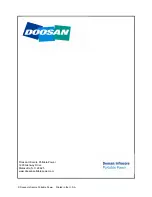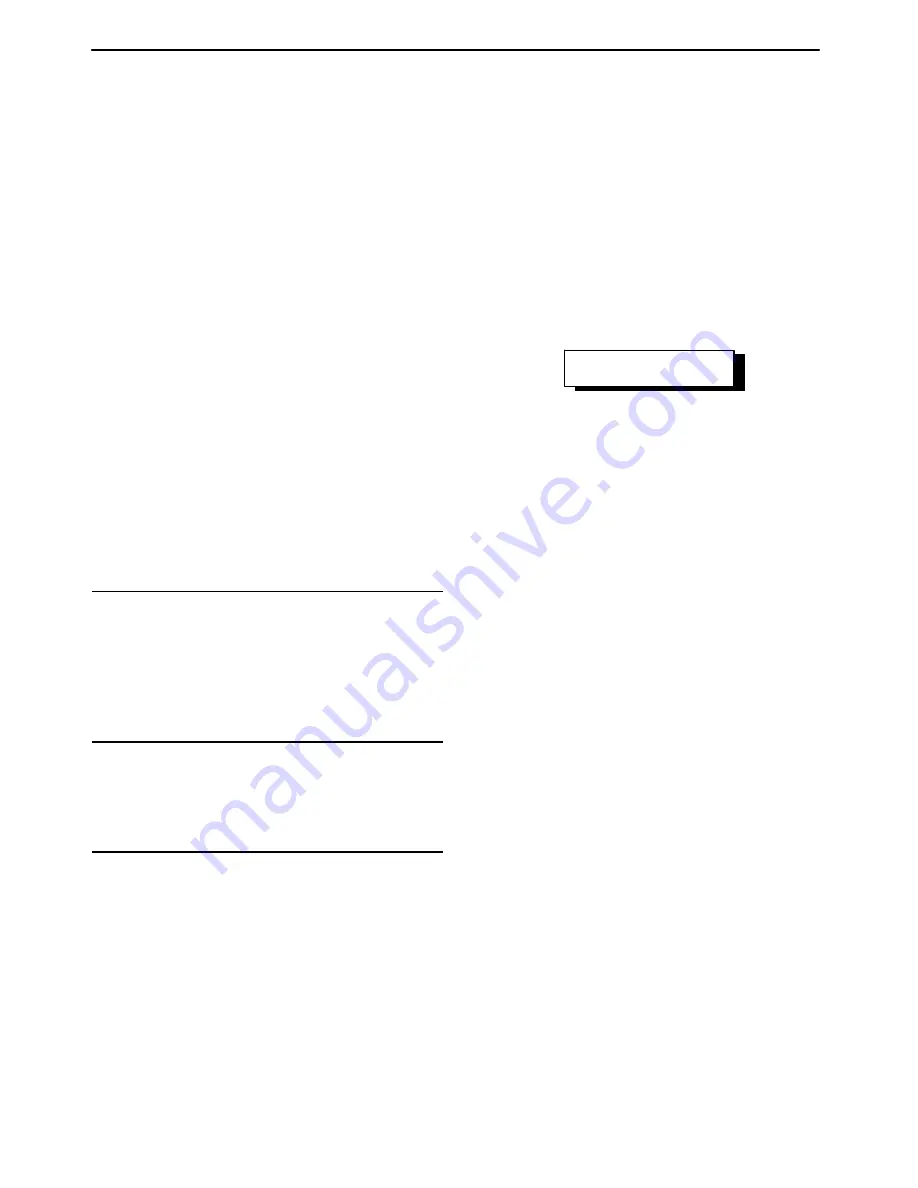
Note:
If there is any indication of formation of
varnishes, shellacs or lacquers on the oil filter
element, it is a warning the compressor lubricating
oil has improper characteristics and should be
immediately changed.
3. Inspect the oil filter head to be sure the gasket
was removed with the oil filter element. Clean the
gasket seal area on the oil filter head.
Installing a new oil filter element when the old gasket
remains on the oil filter head will cause an oil leak
and can cause property damage.
4. Lubricate the new filter gasket with the same oil
being used in the machine.
5. Install new filter by turning element clockwise
until gasket makes initial contact. Tighten an
additional 1/2 to 3/4 turn.
6. Start unit and allow to build up to rated pressure.
Check for leaks before placing unit back into service.
FASTENERS
Visually check entire unit in regard to bolts, nuts and
screws being properly secured. Spot check several
capscrews and nuts for proper torque. If any are
found loose, a more thorough inspection must be
made. Take corrective action.
COMPRESSOR OIL
The lubricating and cooling oil must be replaced
every 1000 hours of operation or six (6) months,
whichever comes first.
RUNNING GEAR
Every month or 500 miles, tighten the wheel lug nuts
to 85 -- 95 lbs.--ft. Every six months the wheel
bearings, grease seals and axle spindles should be
inspected for damage (corrosion, etc.) or excessive
wear. Replace any damaged or worn parts. Repack
wheel bearings.
Use a wheel bearing grease
conforming to specification MIL--G--10924 and
suitable for all ambient temperatures.
Grease can be replaced in a wheel bearing using a
special fixture or by hand as follows.
Place a spoonful of grease in the palm of one hand
and take the bearing in the other hand. Push a
segment of the wider end of the bearing down into
the outer edge of the grease pile closest to the
thumb. Keep lifting and pushing the bearing down
into the edge of the grease pile until grease oozes
out both from the top and from between the rollers.
Then rotate the bearing to repeat this operation on
the next segment. Keep doing this until you have the
entire bearing completely filled with grease.
Before installing bearing, place a light coat of grease
on the bearing cups which are pressed in the hub.
NOTICE
Excessive grease in the hub or grease cap
serves no purpose due to the fact that there is no
way to force the grease into the bearing. The
manufacturer’s standard procedure is to
thoroughly pack the inner and outer bearing with
grease and then to apply only a very small
amount of grease into the grease cap.
If bearing adjustment is required or the hub has been
removed for any reason, the following procedure
must be followed to ensure a correct bearing
adjustment of 0.001 to 0.012 free play.
1. While rotating hub slowly to seat the bearings,
tighten spindle nut to approximately 15 lbs.--ft.
Grasp the tire at the top and bottom and rock, in and
out. There should be no evidence of looseness (free
play) at the bearing.
2. Loosen nut to remove preload torque. Do not
rotate hub.
3. Finger tighten nut until just snug. Loosen nut
until the first nut castellation lines up with cotter pin
hole in spindle. Insert cotter pin.
4. Ensure a definite but minimal amount of free
play by rocking the tire.
5. Bend over cotter pin legs to secure nut and clear
grease cap.

